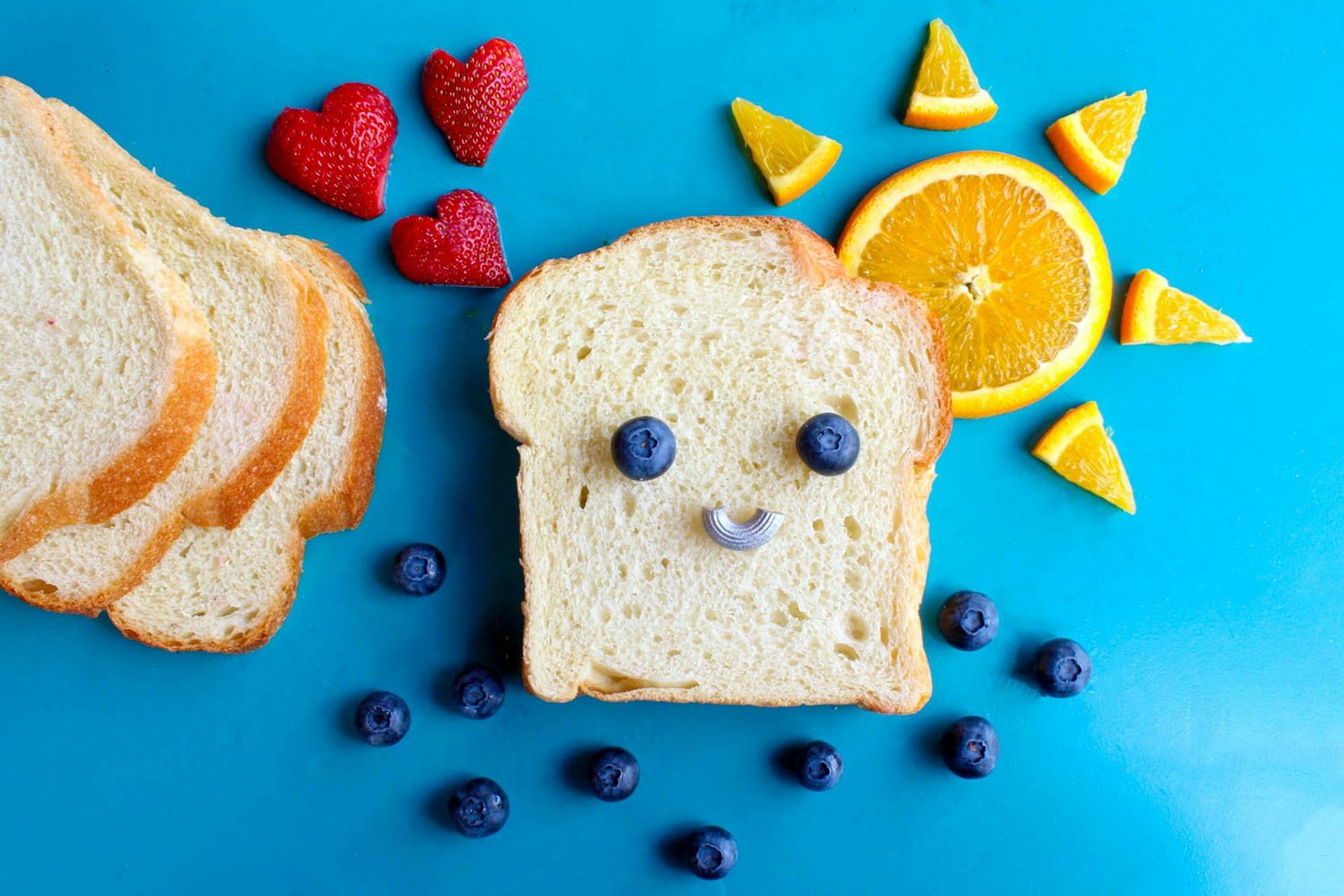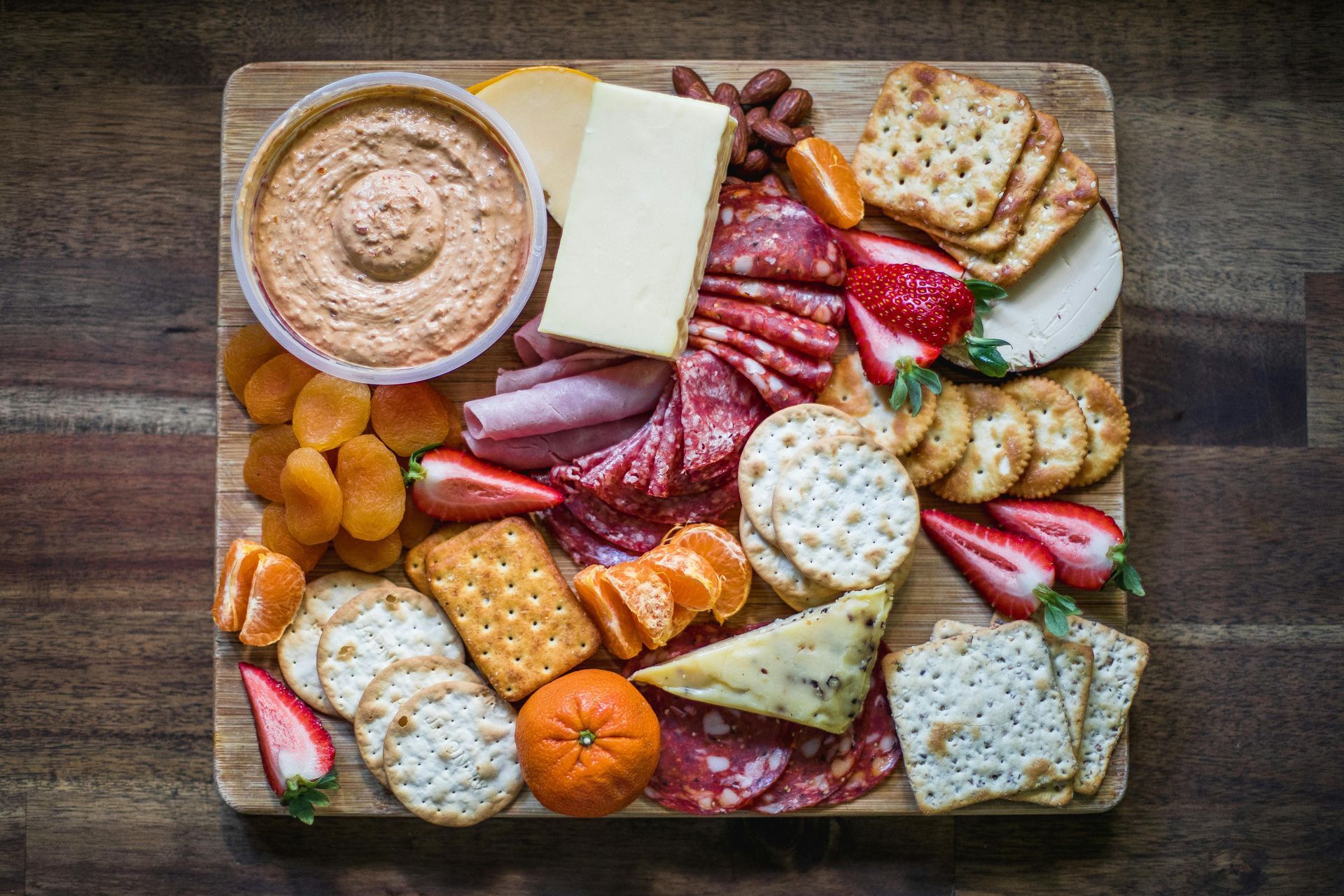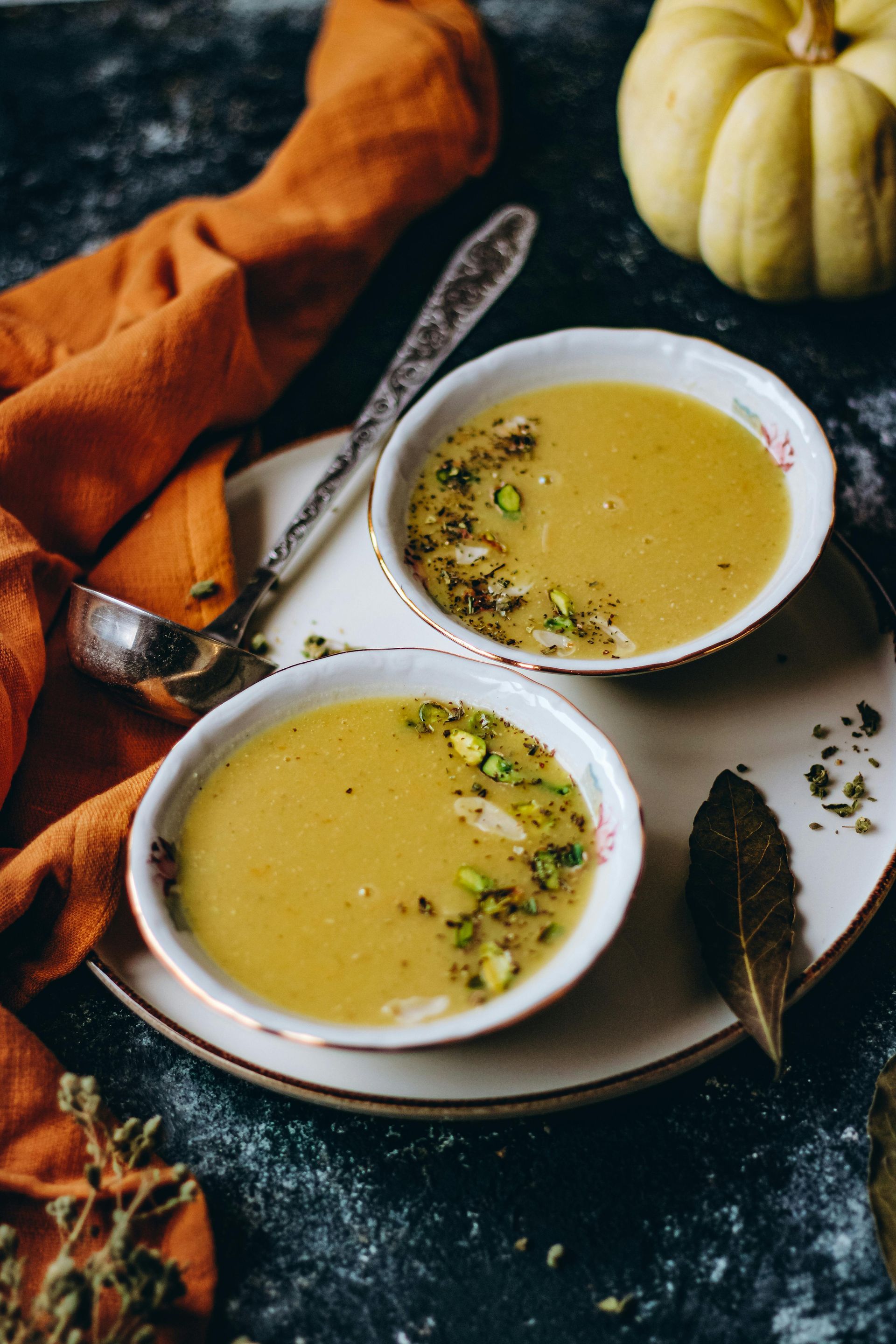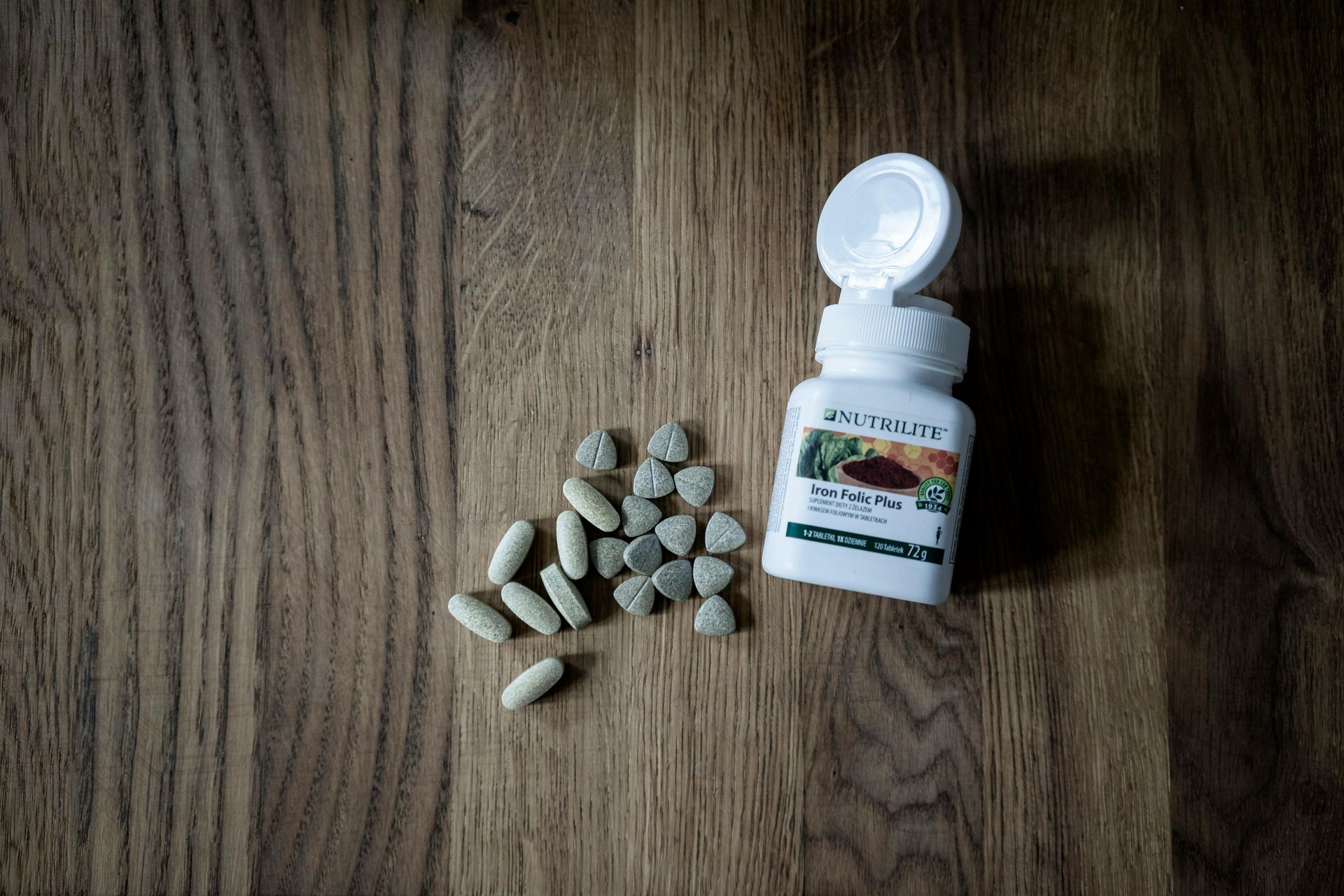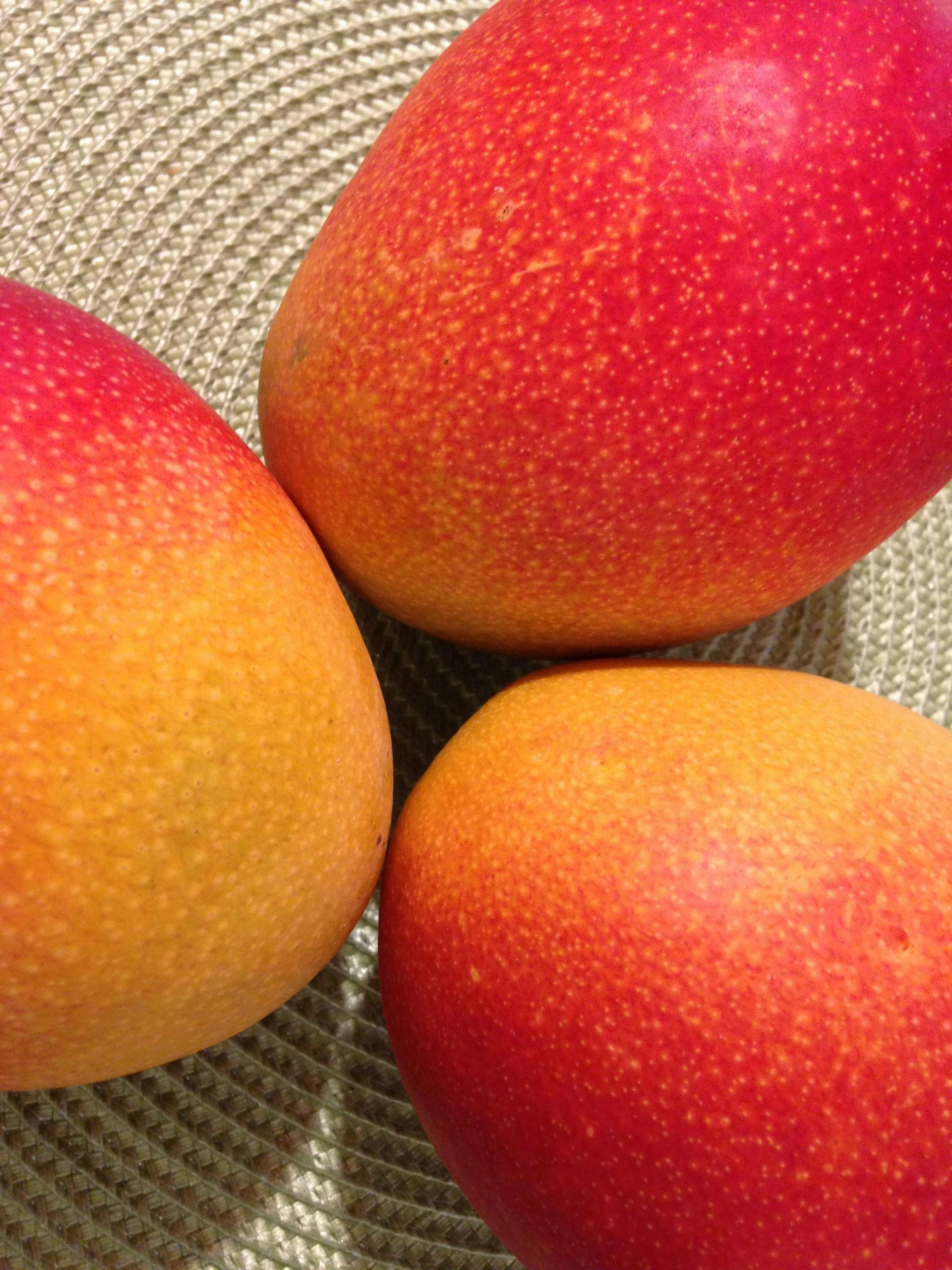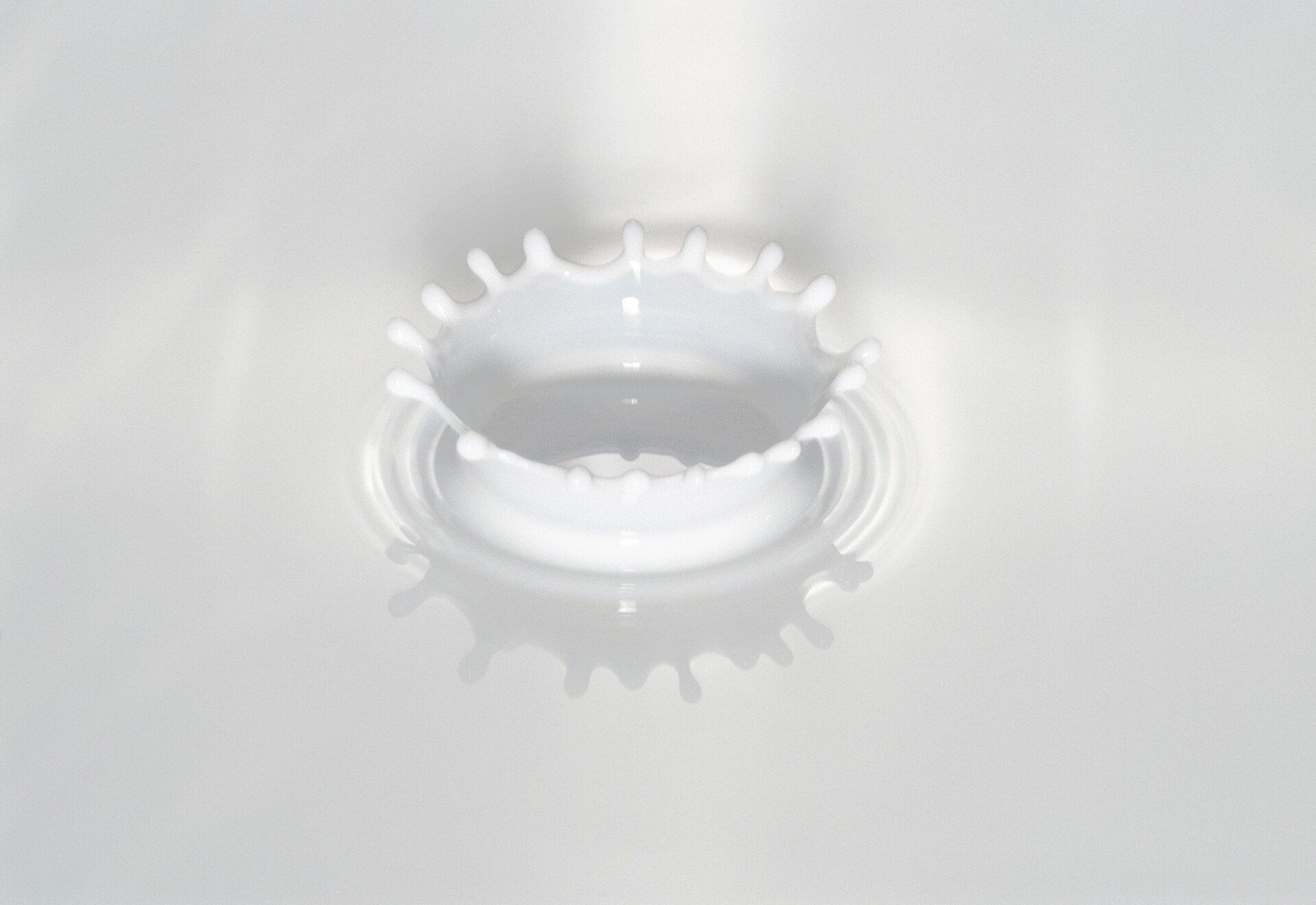Discover Health
1/1137 Main Rd, Eltham 3095
Phone: 9431 4337
Website: https://www.discoverhealth.com.au/
Welcome to Discover Health
Discover Health’s dietitians have been working since 2004. Many of our dietitians have grown up and/or live in the local area (or are local to one of our other locations).
In 2010 they began practising under the Discover Health name and moved to their own premises. This helped to reduce waiting times associated with limited room availability at other premises. They were joined by a team of psychologists, massage and acupuncture practitioners and have since been joined by remedial massage and speech pathologists. This team of complementary health professionals works together to help you achieve your goals.
